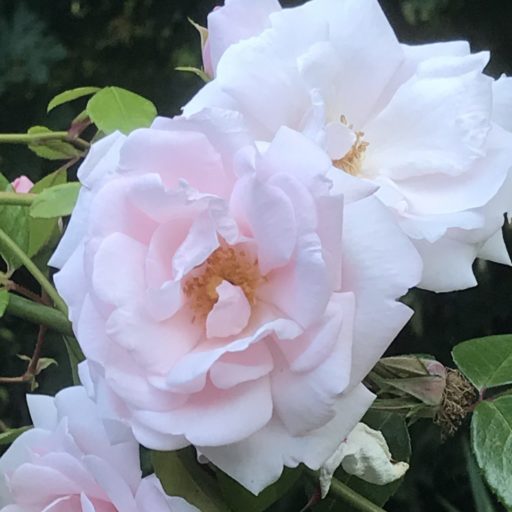Today was the 25th anniversary of what is called the “Challenger Disaster.” I was standing in a line outside a chow hall in Orlando, Florida when the launch took place. I had my back to it, so didn’t notice it. I was devastated later when I heard — I have always been intrigued by the space program, ever since I watched the first moon landing, and even when busy with life in general I kept up with news of every rocket launch. We tend to think about our usually reliable rockets as completely safe. But, clearly, they aren’t.
So, what is it about rockets that fascinates? The sheer power they exude, I think. What a HUGE amount of force it takes to escape Earth’s pull. What an amazing display of vectors as the rockets arc over the hemispheres. Wow. Math, physics, a good bit of chemistry (solid fuel rockets, anyone?), anatomy… I think there is a link to nearly every branch of science in today’s space programs.
Today, feeling nostalgic for the young woman who dreamed of going into space (that would have been me) and for more optimistic times about the space program, I looked up NASA and Christa McAuliffe and found that her lesson plans are still available!
With some minor updating, here are ideas relating to science that she was excited about sharing with students all around the world. Ideas that teachers are still excited about sharing.

Leave a Reply